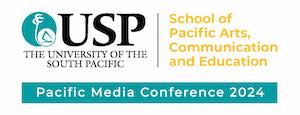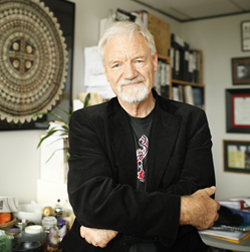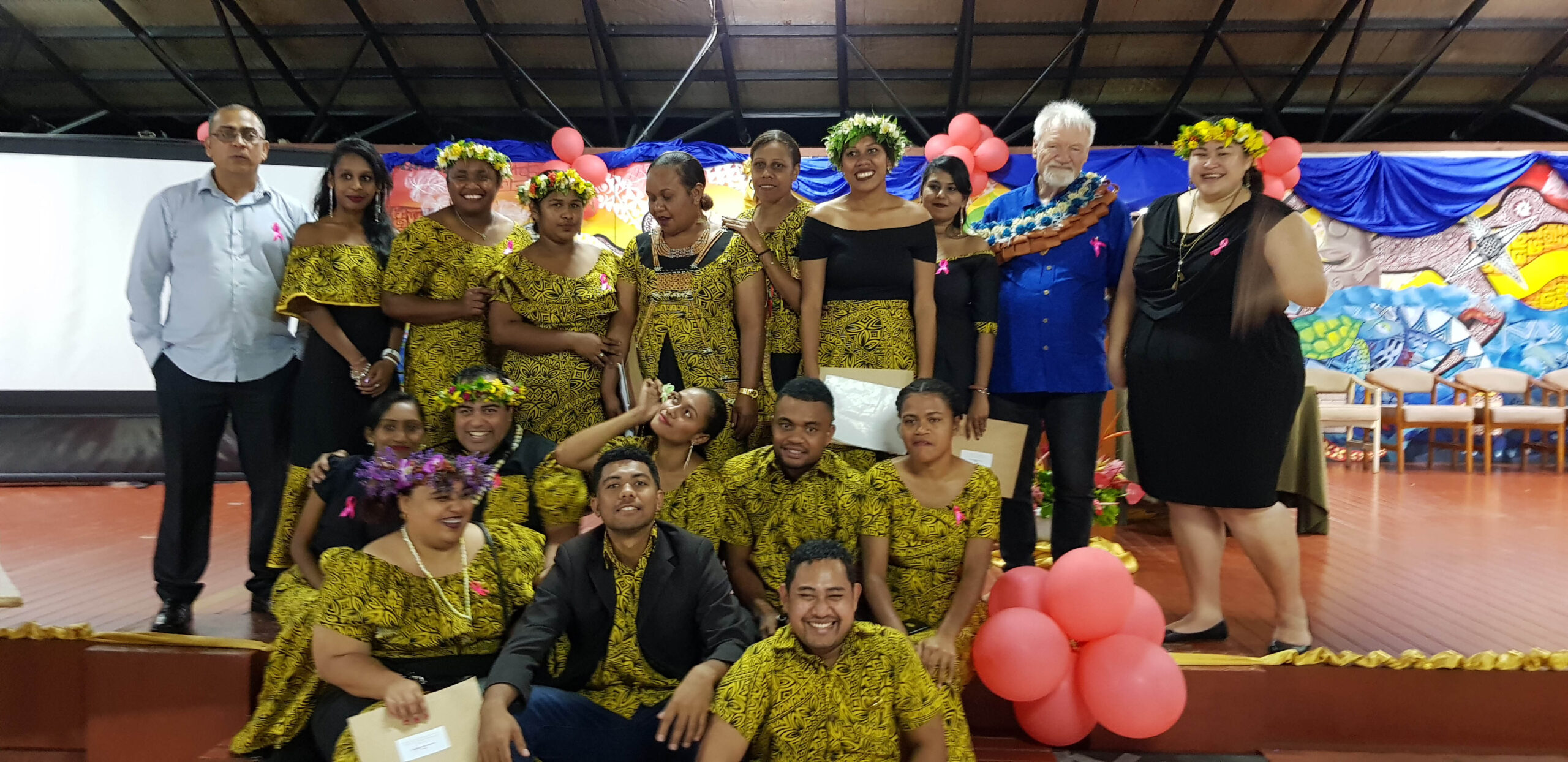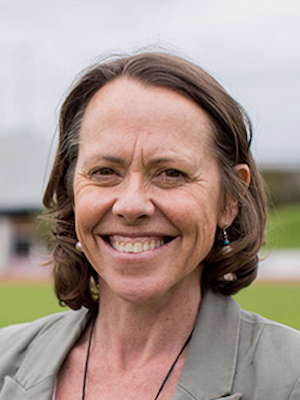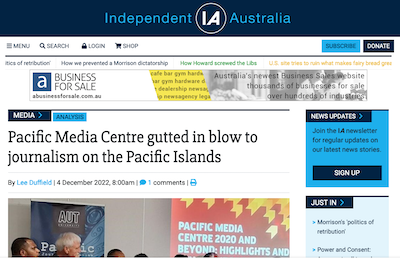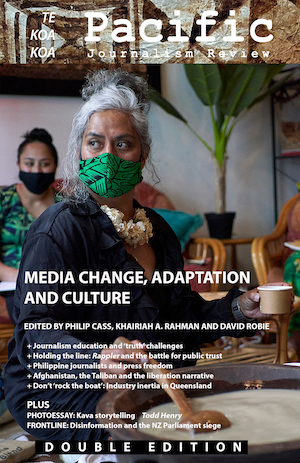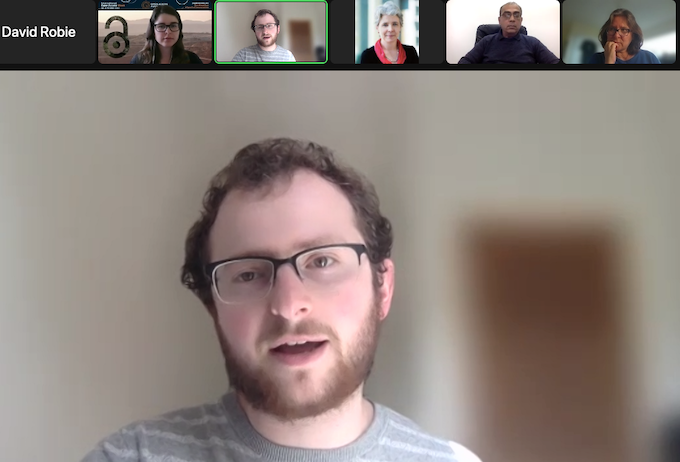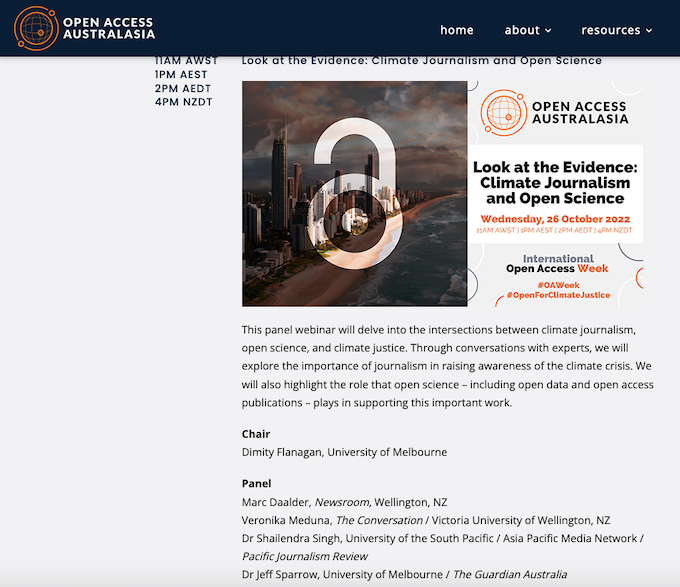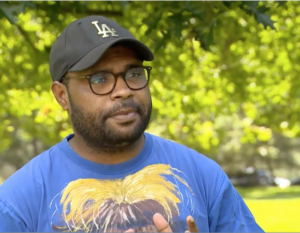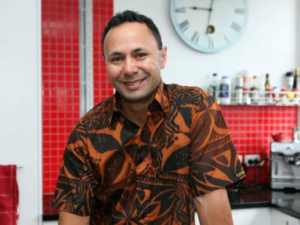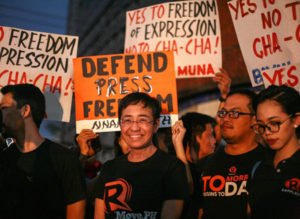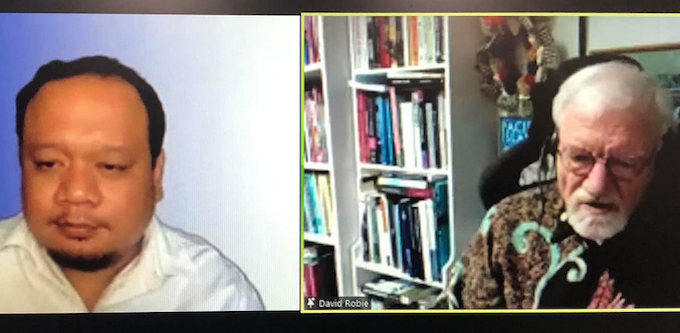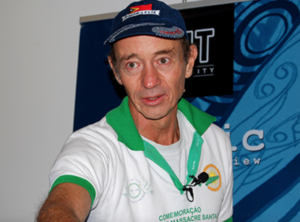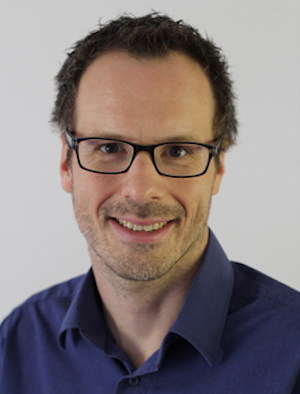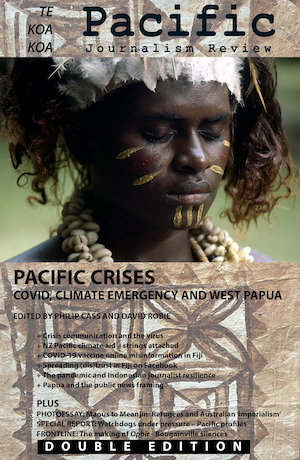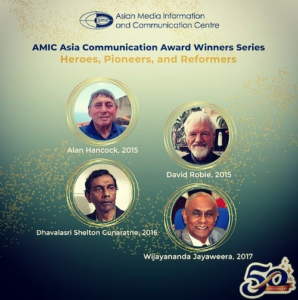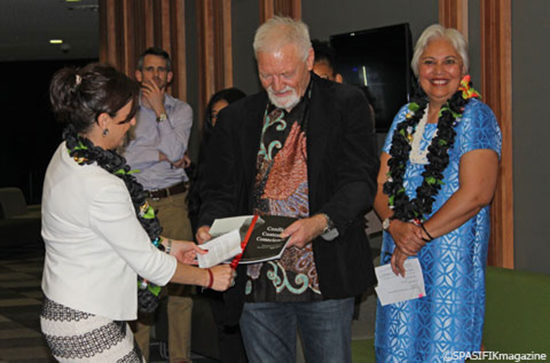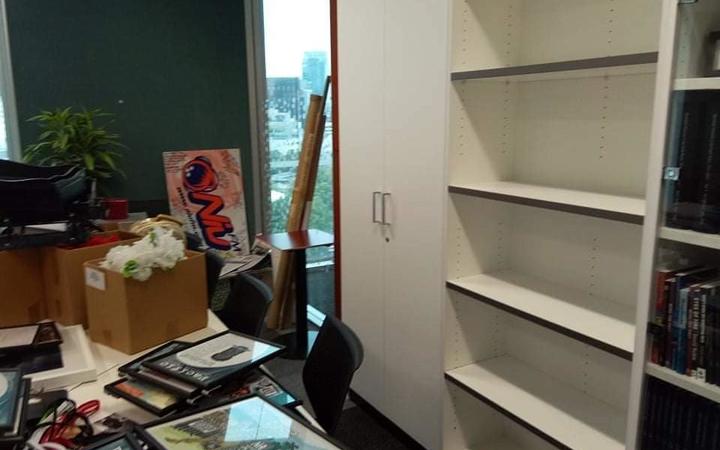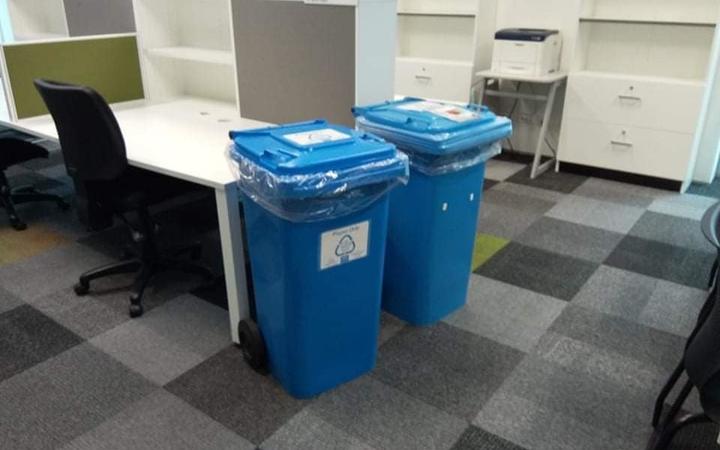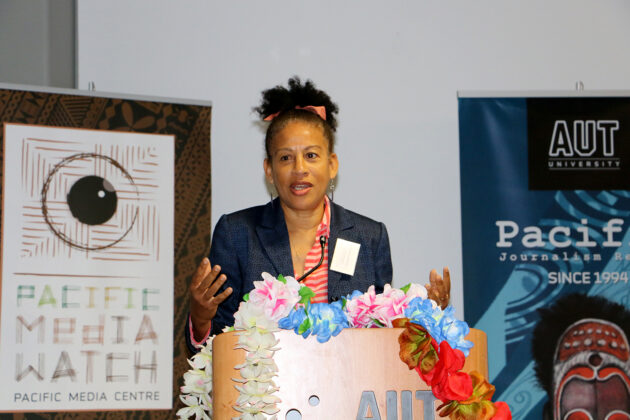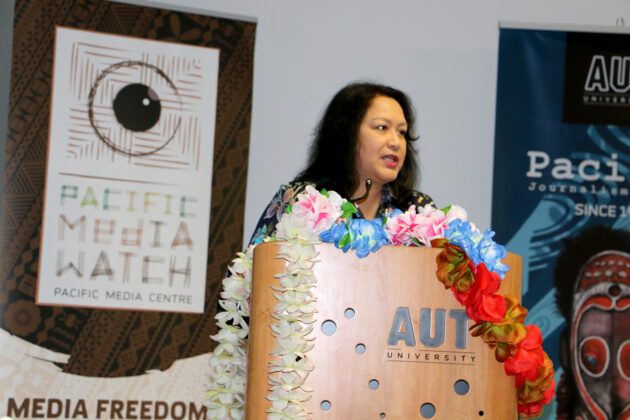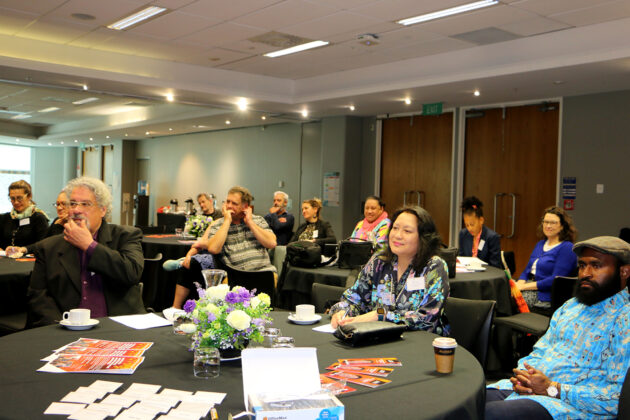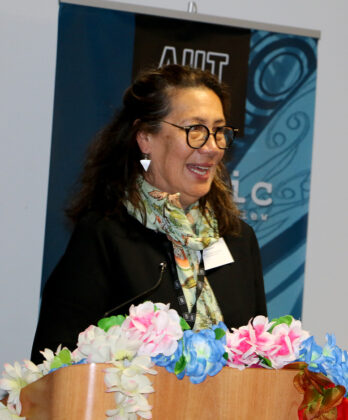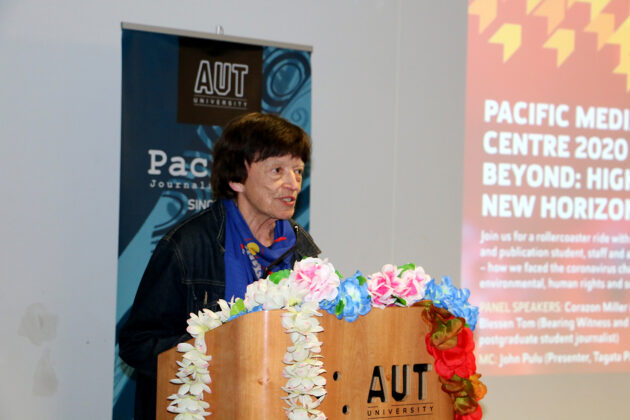COMMENTARY: By Sione Tekiteki and Joel Nilon
Ongoing wars and conflict around the world expose how international law and norms can be co-opted. With the US pulling out again from the Paris Climate Agreement, and other international commitments, this volatility is magnified.
And with the intensifying US-China rivalry in the Pacific posing the real risk of a new “arms race”, the picture becomes unmistakable: the international global order is rapidly shifting and eroding, and the stability of the multilateral system is increasingly at risk.
In this turbulent landscape, the Pacific must move beyond mere narratives such as the “Blue Pacific” and take bold steps toward establishing a set of rules that govern and protect the Blue Pacific Continent against outside forces.
- WATCH: The authors discuss this issue at an ANU Department of Pacific Affairs seminar on 5 March 2025
- Other Pacific geopolitics reports
If not, the region risks being submerged by rising geopolitical tides, the existential threat of climate change and external power projections.
For years, the US and its allies have framed the Pacific within the “Indo-Pacific” strategic construct — primarily aimed at maintaining US primacy and containing a rising and more ambitious China. This frame shapes how nations in alignment with the US have chosen to interpret and apply the rules-based order.
On the other side, while China has touted its support for a “rules-based international order”, it has sought to reshape that system to reflect its own interests and its aspirations for a multipolar world, as seen in recent years through international organisations and institutions.
In addition, the Taiwan issue has framed how China sets its rules of engagement with Pacific nations — a diplomatic redline that has created tension among Pacific nations, contradicting their long-held “friends to all, enemies to none” foreign policy preference, as evidenced by recent diplomatic controversies at regional meetings.
Confusing and divisive
For Pacific nations these framings are confusing and divisive — they all sound the same but underneath the surface are contradictory values and foreign policy positions.
For centuries, external powers have framed the Pacific in ways that advance their strategic interests. Today, the Pacific faces similar challenges, as superpowers compete for influence — securitising and militarising the region according to their ambitions through a host of bilateral agreements. This frame does not always prioritise Pacific concerns.
Rather it portrays the Pacific as a theatre for the “great game” — a theatre which subsequently determines how the Pacific is ordered, through particular value-sets, processes, institutions and agreements that are put in place by the key actors in this so-called game.
But the Pacific has its own story to tell, rooted in its “lived realities” and its historical, cultural and oceanic identity. This is reflected in the Blue Pacific narrative — a vision that unites Pacific nations through shared values and long-term goals, encapsulated in the 2050 Strategy for the Blue Pacific Continent.
The Pacific has a proud history of crafting rules to protect its interests — whether through the Rarotonga Treaty for a nuclear-free zone, leading the charge for the Paris Climate Agreement or advocating for SDG 14 on oceans. Today, the Pacific continues to pursue “rules-based” climate initiatives (such as the Pacific Resilience Facility), maritime boundaries delimitation, support for the 2021 and 2023 Forum Leaders’ Declarations on the Permanency of Maritime Boundaries and the Continuation of Statehood in the face of sea level rise, climate litigation through the International Court of Justice and the International Tribunal for the Law of the Sea, and a host of other rules-based regional environmental, economic and social initiatives.
However, these efforts often exist in isolation, lacking a cohesive framework to bring them all together, and to maximise their strategic impact and leverage. Now must be the time to build on these successes and create an integrated, long-term, visionary, Pacific-centric “rules-based order”.
This could start by looking to consolidate existing Pacific rules: exploring opportunities to take forward the rules through concepts like the Ocean of Peace currently being developed by the Pacific Islands Forum, and expanding subsequently to include something like a “code of conduct” for how Pacific nations should interact with one another and with outside powers.
Responding as united bloc
This would enable them to respond more effectively and operate as a united bloc, in contrast to the bilateral approach preferred by many partners.
Over time this rules-based approach could be expanded to include other areas — such as the ongoing protection and preservation of the ocean, inclusive of deep-sea mining; the maintenance of regional peace and security, including in relation to the peaceful resolution of conflict and demilitarisation; and movement towards greater economic, labour and trade integration.
Such an order would not only provide stability within the Pacific but also contribute to shaping global norms. It would serve as a counterbalance to external strategic frames that look to define the rules that ought to be applied in the Pacific, while asserting the position of the Pacific nations in global conversations.
This is not about diminishing Pacific sovereignty but about enhancing it — ensuring that the region’s interests are safeguarded amid the geopolitical manoeuvring of external powers, and the growing wariness in and of US foreign policy.
The Pacific’s geopolitical challenges are mounting, driven by climate change, shifting global power dynamics and rising tensions between superpowers. But a collective, rules-based approach offers a pathway forward.
Cohesive set of standards
By building on existing frameworks and creating a cohesive set of standards, the Pacific can assert its autonomy, protect its environment and ensure a stable future in an increasingly uncertain world.
The time to act is now, as Pacific nations are increasingly being courted, and before it is too late. This implies though that Pacific nations have honest discussions with each other, and with Australia and New Zealand, about their differences and about the existing challenges to Pacific regionalism and how it can be strengthened.
By integrating regional arrangements and agreements into a more comprehensive framework, Pacific nations can strengthen their collective bargaining power on the global stage — while in the long-term putting in place rules that would over time become a critical part of customary international law.
Importantly, this rules-based approach must be guided by Pacific values, ensuring that the region’s unique cultural, environmental and strategic interests are preserved for future generations.
Sione Tekiteki is a senior lecturer at the Auckland University of Technology. He previously served at the Pacific Islands Forum Secretariat in three positions over nine years, most recently as director, governance and engagement. Joel Nilon is currently senior Pacific fellow at the Pacific Security College at the Australian National University. He previously served at the Pacific Islands Forum Secretariat for nine years as policy adviser. The article was written in close consultation with Professor Transform Aqorau, vice-chancellor of Solomon Islands National University. Republished from DevBlog with permission.
This post was originally published on Asia Pacific Report.
